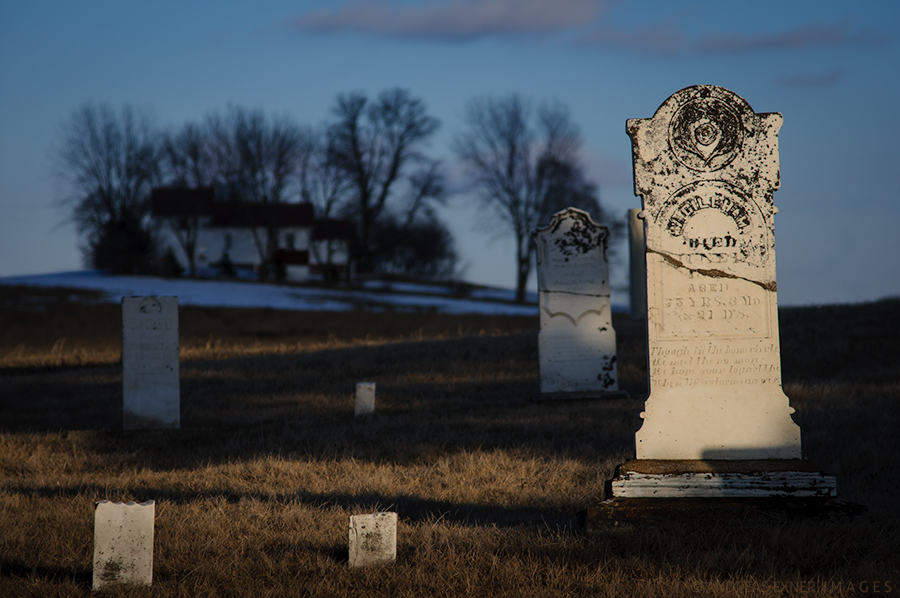
If hiking or mountain climbing is not on your agenda, you still will find many interesting things to do during a stay in the area around Silverton, Colorado. The mining activities over a hundred years ago have left plenty of historical sites and on our last day in the area we visited some of them.
The day started with a clear morning with an almost unreal blue sky and our first stop was the old Hillside Cemetery just outside of Silverton. The headstones tell the stories about the hardships and tragical incidents during the old days. I had to make a photo of this particular one, not just because of the light and background, but my friend and colleague Holly and his family may enjoy my finding. ;-)

Our next stop was the Old Hundred Gold Mine. We didn’t really plan on it, just took a turn off the road to check it out, and before we knew we were sitting in a tram and driving into the darkness of this old mine. Sometimes the spontaneous decisions turn out to be the best and Joe the tour guide did everything to educate us folks. This guy knew definitely what he was talking about and it was very interesting to see him operate some of the equipment.

While driving higher up into the valley the 4-wheel drive of the Subaru became really handy and we finally reached Animas Forks, a ghost town at an altitude of 3400 m (~11,200 ft). The first log cabin was built in 1873 and during the following years the town became a bustling mining community. By 1883 450 people lived in Animas Forks. When mining profits began to decline the town’s mining days were nearing an end. By 1920 Animas Forks was a ghost town. (source: Wikipedia)
It is interesting to visit the abandoned buildings and imagine how life may have been up there during the hay days of mining. Not all of my photography hopes became true. Being at a place like this at high noon isn’t really the best time but sometimes we need to make lemonade out of vinegar. Our time was limited and I think we made the best out of it…






